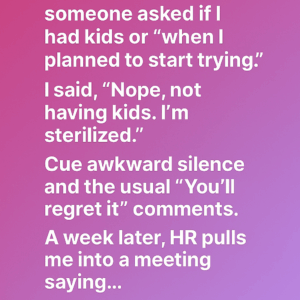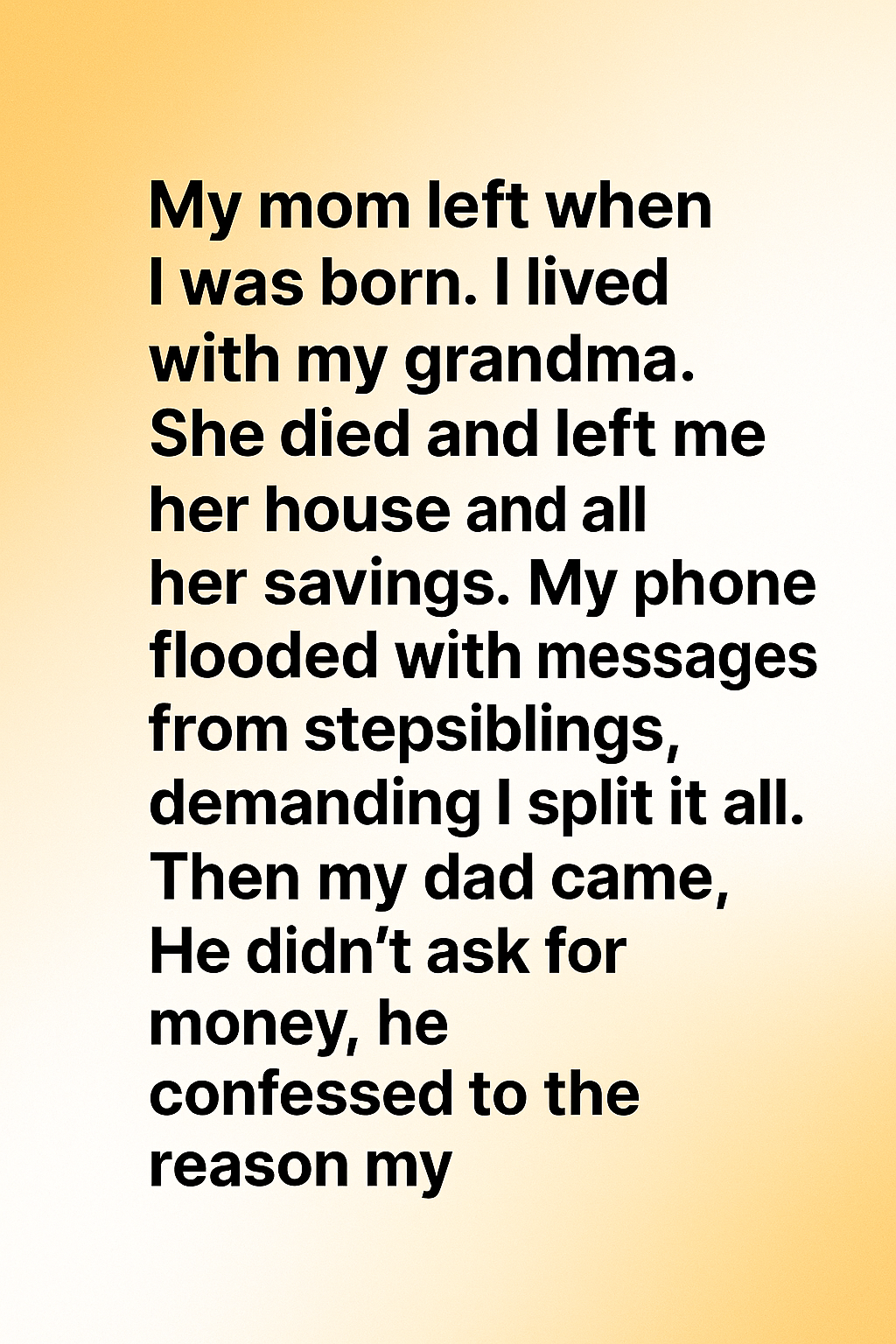The stepfather should have been clear that he does NOT take her father’s place in her wedding. It is allowed that they both can walk her down the aisle if she feels they both supported her. Deferring to the stepfather only leads to too many hurt feelings. They both had a role in raising the girl, why not honor them both?
Had a similar situation in the fact that my real father was invited to my wedding, but he was never around or contributed to my upbringing in any way, financially or time wise, so my uncle, who was more of a father in the attention he paid me, walked me down the aisle. My dad did, however, come to the wedding and sat in the audience. So I guess it all worked out in the end….





